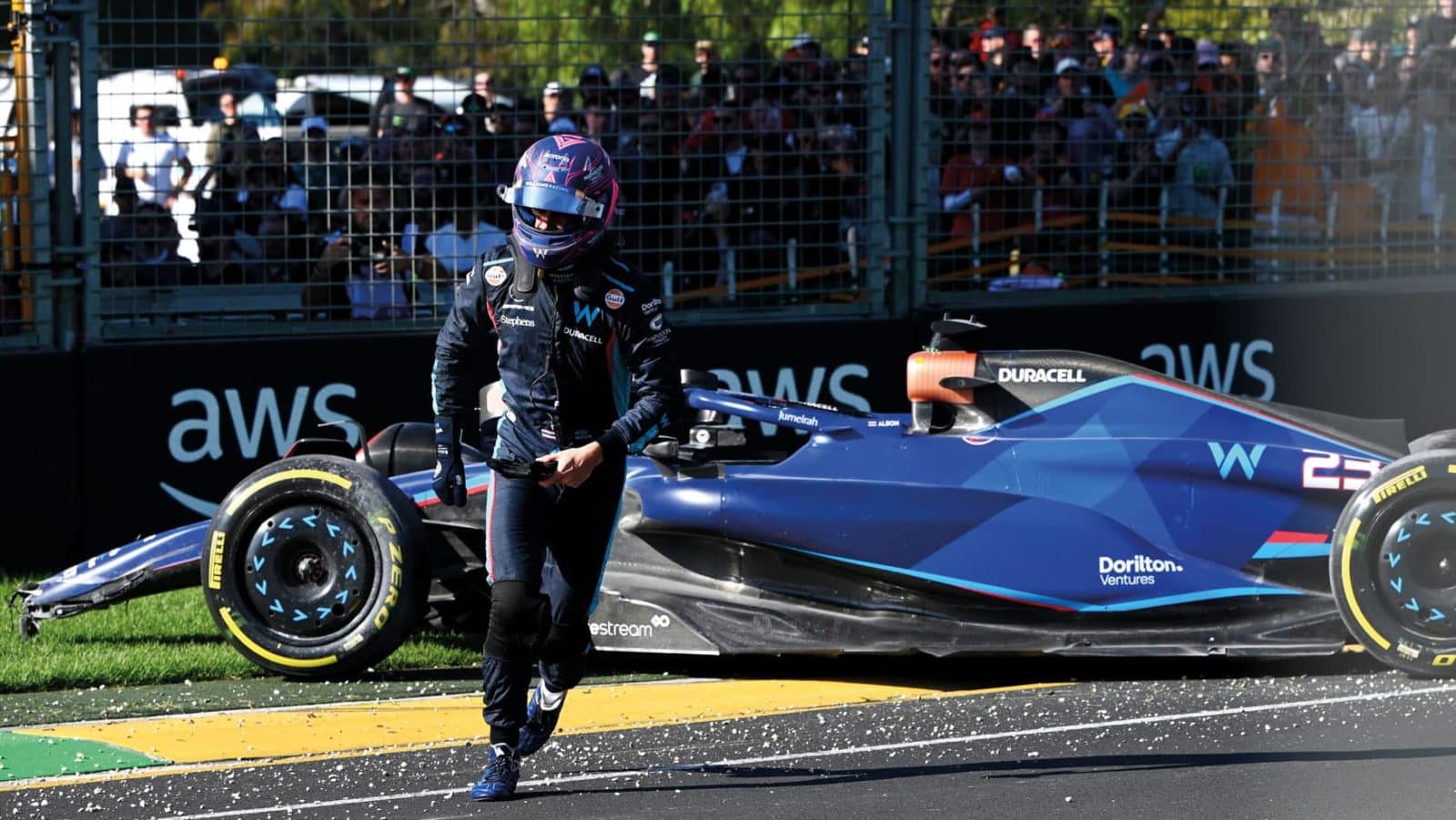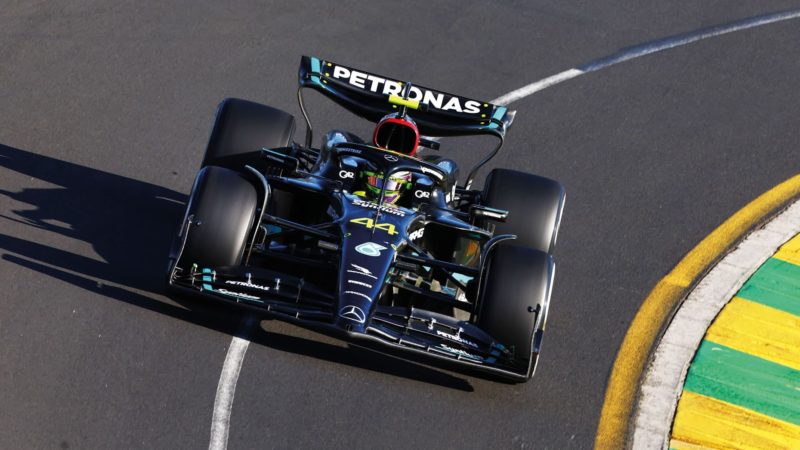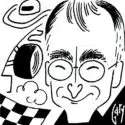The Australian GP crash that forced F1 teams into slow-paced strategy
When Williams’ Alex Albon crashed out in Melbourne, it put Formula 1 teams in a quandary. Mark Hughes explains how the stoppage led to much head-scratching about tyre strategy

Alex Albon sprints from his stranded car but, with 51 laps of the race still to go, it was a tough call for teams whether they should pit.
Getty Images
The strategic Y-point of this race was Alex Albon’s lap seven accident. It was always set to be a one-stop race, ideally with a medium-hard sequence. The C4 soft didn’t have the range to comfortably make a one-stop feasible and wasn’t sufficiently faster to buy the extra 20-odd seconds needed for a two-stop.
But Albon’s safety car-inducing accident was rather inconveniently early – with 51 laps still to go – to make it obvious whether you should pit or not. There was no question that the hard C2 tyre was fully capable of going to the end, even if fitted so early. But compared to a conventional stop at around lap 20 (roughly what most teams were planning) would it mean backing off so much that you’d lose the 10sec saving of pitting under the safety car?
“‘Hasn’t that put me at a disadvantage to George?’” queried Hamilton”
The answer to that wasn’t obvious, especially since the Friday practices had been too heavily interrupted to conduct any meaningful long runs. Mercedes – 1-2 at the time – could afford to have a foot in each camp. It brought in race-leading Russell and left Hamilton out. “Hasn’t that just put me at a massive disadvantage?” queried Hamilton over the radio. “Not necessarily,” replied his engineer Pete Bonnington. It all depended upon how much faster Hamilton would be able to go than Russell in his second stint on tyres around 13 laps newer. Ferrari brought in Sainz, while Red Bull and Aston Martin left out Verstappen and Alonso respectively.
But the comparison between the early safety car stop and a later conventional stop became irrelevant as the safety car was replaced by a red flag. Which meant Russell and Sainz had dropped positions on track for no payback reward later. Now, everyone could change tyres – and everyone did so. Russell’s engine let go only a few laps after the restart.
But now everyone was needing to do 50 laps on their hard tyres, there was no strategic variation to mix up the field or create gaps in the pack for the leaders to drop into if they wished to attack and do a second stop. Everyone was therefore obliged to tyre manage quite heavily for the remainder of the race, in order to avoid the potentially costly second stop.

Lewis Hamilton remained out
Getty Images
The relatively gentle pace from second right down to the midfield was only one reason the gaps didn’t open up. The other was that with four DRS zones it became quite easy to maintain the pace of the car at the head of the DRS without having to take too much from the tyres. Tight up behind second place Hamilton (once Verstappen had taken the lead and pulled away), Alonso, Gasly and Stroll rarely had more than a couple of seconds between them and were later joined by the recovering Sainz and Pérez.
Aston Martin was constantly monitoring whether it would be feasible to bring in Alonso for a second stop in his struggle with Hamilton for second place. But the tightness of the pack meant he would have lost many places and the low degradation rate of the tyres meant he’d not necessarily have enough of a pace advantage to be able to overtake on track once he’d rejoined. Strategic stale mate.





















































































































































































